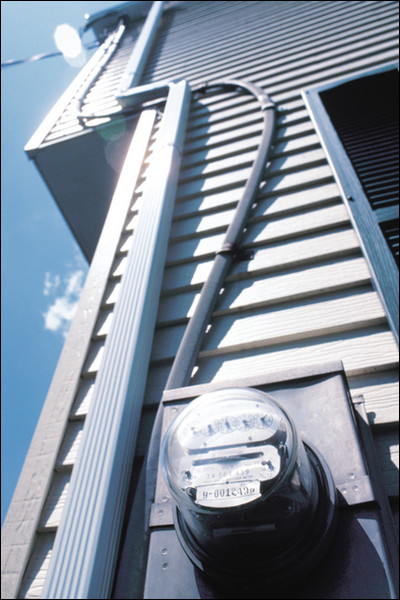Up here in the Burlington, VT area, we aren’t exactly on the cutting edge of things like fashion (GQ recently named it one of the 40 Worst-Dressed Cities) or urban sprawl (for this we are thankful), but we are getting our Smart Grid on.
Back in June a vote was passed for approval of a revenue bond that included $7.2 million that will be used to fund the city’s share of the “smart grid project,” with the other half of the project to be funded by Department of Energy grants.
In this Burlington Free Press Op/Ed piece by Burlington Electric Department (BED) GM Barbara Grimes, the implementation steps of the smart grid are briefly laid out. Part of her goal is to quell the confusion and opposition that always arise from change, but I’m a smart grid supporter and needed no quelling. Rather, I walked away from the article a little better educated on what comes first with smart grid implementation.
As Grimes explains, the first step is to upgrade the system to enable two-way communication between BED and the field systems, which will help prevent and shorten outages. Not only will these ease the stress on homeowners, it will save thousands of dollars of lost revenue for energy-dependent businesses. It’s a solid first step.
After a system upgrade–which will also improve distribution–BED will turn to smart meter installations. This is a facet of the smart grid that most people are familiar with, in name at least. It’s also one of the more hot button topics, as consumers question privacy issues. I look to successful smart meter pilot programs like the one just completed in Houston, Texas, as promising signs that the smart grid will one day encompass the entire country.
As I gear up for a move back into Burlington proper I’m excited by the prospect of having a smart meter and chronicling the transition into smart grid living.
Are you already living on the smart grid? Tell us about it.
Credit: Burlington Free Press




























